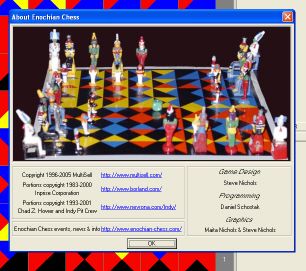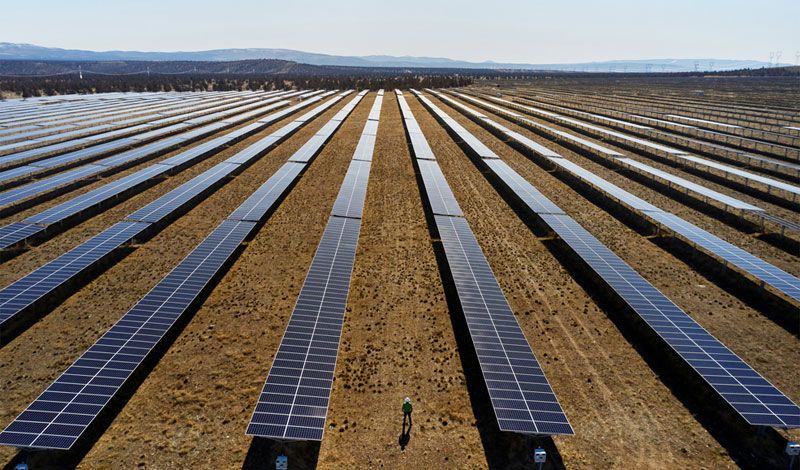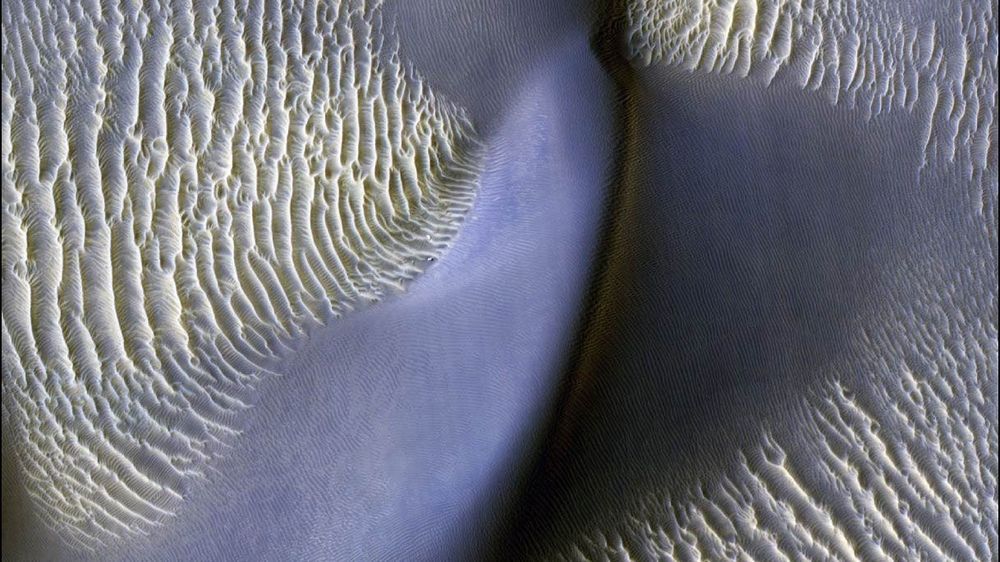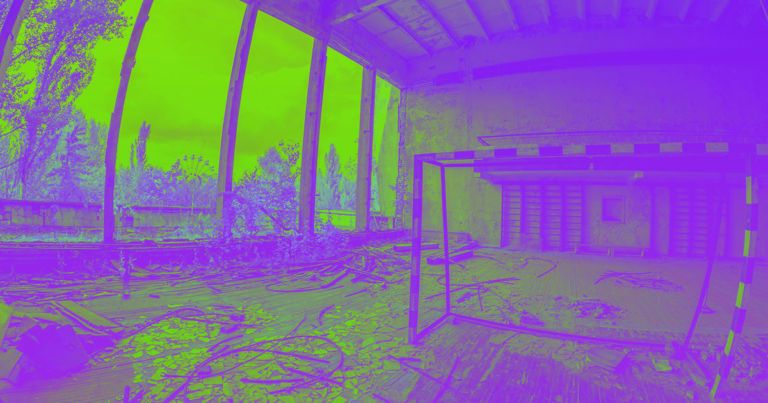Page 7557
Jul 24, 2020
US Eyes Building Nuclear Power Plants for Moon and Mars
Posted by TJ Wass in categories: nuclear energy, space
BOISE, Idaho (AP) — The U.S. wants to build nuclear power plants that will work on the moon and Mars, and on Friday put out a request for ideas from the private sector on how to do that.
The U.S. Department of Energy put out the formal request to build what it calls a fission surface power system that could allow humans to live for long periods in harsh space environments.
The Idaho National Laboratory, a nuclear research facility in eastern Idaho, the Energy Department and NASA will evaluate the ideas for developing the reactor.
Jul 24, 2020
Quantum loop: US unveils blueprint for ‘virtually unhackable’ internet
Posted by Quinn Sena in categories: computing, engineering, internet, quantum physics
US officials and scientists have begun laying the groundwork for a more secure “virtually unhackable” internet based on quantum computing technology.
At a presentation Thursday, Department of Energy (DOE) officials issued a report that lays out a blueprint strategy for the development of a national quantum internet, using laws of quantum mechanics to transmit information more securely than on existing networks.
The agency is working with universities and industry researchers on the engineering for the initiative with the aim of creating a prototype within a decade.
Jul 24, 2020
Iran renews threat of “counter blow” against U.S. for Soleimani killing
Posted by Quinn Sena in category: government
Khamenei said Tehran expects Beghdad to follow through on expelling American forces, claiming their presence “begets insecurity.” He added that while the U.S. seeks to undermine Iran-Iraq ties, Washington “should not be feared at all because it cannot do a damn thing.”
Iraqis have also demanded the departure of U.S. forces from the country, and in December—alongside Iranian-backed militias—stormed and ransacked the U.S. embassy in Baghdad.
After Soleimani’s death, Iraqi lawmakers backed a non-binding resolution calling on the government to expel U.S. troops from the country, though the vote was boycotted by most Sunni and Kurdish politicians.
Jul 24, 2020
Active divination using learning nets and M.V.T
Posted by Steve Nichols in categories: entertainment, finance, robotics/AI
Here is my research dissertation M.Sc. in Neural Computation, CCCN Uni Stirling. A variety of net architectures were trialed for specific use in Enochian Chess software, and the commercial version is now in its 3rd edition over 26 years on. The first section consists of a literature review of artificial neural nets and their application to a variety of classic boardgames. Although quite old now, there haven’t been any or many other papers on nets and divination games. This paper has proved very prescient! Today neural nets are commonly used by game developers. The race amongst super computer developers to ‘predict’ stock markets, or weather systems, or winners of horse races, is fierce. MVT unconstrained hardware may offer some synergies when used in conjunction with nets or trad AI.
My interest in active divination (rather than passive divination) goes back a bit now. Enochian Chess software is one example, but Tsakli can also be used in divination. Passive forms of fortune-telling rely on pure chance without any skill or judgement asked of the questioner. Astrology is a good example. You cannot change or ameliorate your date and time of birth or effect the course of the stars. It is essentially fatalistic. What is the point trying to discern information about which you can do absolutely nothing? Brainstorming and the jumping up and down excitement generated by unexpected game episodes, plus the many ideas generated by the move by move conversation and thrown up by wide consideration of the particular divination question, can be of real psychomorphological value in helping plan your future life moves.
Jul 24, 2020
Apple commits to carbon neutrality by 2030
Posted by Future Timeline in categories: materials, transportation
Apple, the world’s largest technology company by revenue, is already carbon neutral for its corporate facilities, a goal achieved in April 2020. However, the consumer electronics giant now intends to make every product and its entire supply chain – from manufacturing to transportation to end-of-life material recovery – net zero by 2030.
Jul 24, 2020
Standard Solar Gets $105 Million For U.S. Solar Projects
Posted by Quinn Sena in category: futurism

Standard Solar announced recently that it closed a tax equity commitment for up to $105 million to fund distributed generation (DG) solar projects. These projects will be in the following five U.S. states:
Arizona california massachusetts new york rhode island.
Continue reading “Standard Solar Gets $105 Million For U.S. Solar Projects” »
As the world’s largest social network, Facebook provides endless hours of discussion, entertainment, news, videos and just good times for the more than 2.6 billion of its users.
It’s also ripe for malicious activity, bot assaults, scams and hate speech.
In an effort to combat bad behavior, Facebook has deployed an army of bots in a simulated version of the social network to study their behavior and track how they devolve into antisocial activity.
Jul 24, 2020
Fungus Growing at Chernobyl Could Protect Astronauts From Cosmic Rays
Posted by Quinn Sena in category: materials
Easy Installation
The researchers also speculated about weaving some of the material into spacesuit fabric, New Scientist reports, but the main draw of their work is that damaged fungus shields would be able to grow back.
“What makes the fungus great is that you only need a few grams to start out,” Stanford researcher and study co-author Nils Averesch told New Scientist. “It self-replicates and self-heals, so even if there’s a solar flare that damages the radiation shield significantly, it will be able to grow back in a few days.”
















